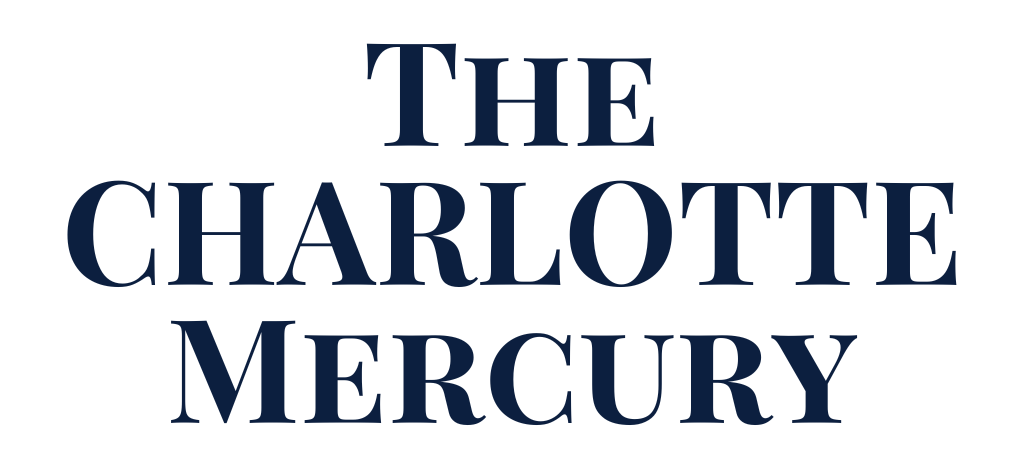
The short answer
A field hearing is an official congressional hearing held outside Washington. Witnesses testify under oath. Their statements become part of the permanent congressional record. The rules are real, the stakes are political, and the choice of city is never accidental. In Charlotte, the hearing centered on how violent crime, repeat offending, and court backlogs collide with daily life.
What makes a field hearing “official”
Field hearings follow committee rulebooks the same way hearings on Capitol Hill do. Testimony is taken, members question witnesses, and the record is preserved. Committees must also follow their own internal procedures. For example, the Senate’s committee rules require the chair and ranking member to jointly approve field hearings and discourage scheduling other committee business at the same time without a majority sign-off, while written testimony is generally due 48 hours in advance. Field settings allow presiding officers to waive that filing window for non-federal witnesses so locals can be heard. See the references collected in our project brief: House Judiciary docket, House Oversight rules, and committee activity reports on Congress.gov.
Who gets to ask questions
Chairs often recognize not only subcommittee members but also additional lawmakers for five-minute rounds, especially at field sites where a quorum can be tricky. House committees may temporarily assign members to subcommittees for a single hearing so enough lawmakers can participate. Those temporary members can question but do not vote. This is standard practice in field settings and appears in our transcript from Charlotte.
Why committees leave Washington at all
Members travel to see issues on the ground, gather testimony from people unlikely to appear in D.C., and put a national spotlight on local policy choices. That spotlight comes with a price tag. Travel and security require extra funding, which must be justified to House administration. As a result, some committees plan only a handful per Congress, while others with geographically dispersed portfolios plan more. Our explainer collects examples and budget context drawn from recent committee reports: Senate report and House Judiciary activity report.
Why Charlotte
Charlotte became the venue after the killing of 23-year-old Iryna Zarutska, a Ukrainian refugee attacked on the Lynx Blue Line after a late shift. The suspect, Decarlos Brown Jr., was arrested and charged. The case triggered a broader argument about bail, repeat offending, and mental health response. That is the policy terrain Congress brought to the Charles R. Jonas Federal Building. Our backgrounder lays out the sequence and why lawmakers framed it as a test of accountability and public safety.
What becomes of the testimony
Field-hearing statements are sworn, transcribed, and preserved as part of the committees’ official record. Lawmakers can build future legislation, oversight letters, or budget asks from those materials. When a hearing happens in Charlotte, the policy ripples do not end at Trade and Tryon; they travel back to Washington inside an official case file. For examples of how field work feeds legislation and oversight, see the historical and rule references curated in our brief: the CRS primer on hearings in the field CRS explainer and a published hearing record format Hearing record example.
Who Charlotte heard from
Our transcript reflects a mix of voices: families of victims, an injured officer, a local bondsman, data analysts, and current officials. Each provided a different lens on accountability, resourcing, and what the numbers do or do not show. Members opened by authorizing the chair to declare a recess and by granting five-minute questioning privileges to additional colleagues, then moved quickly to sworn testimony.
What to read next from us
If you want the scene-by-scene recap and the policy friction that followed, read our reporting package:
- House Judiciary’s violent-crime hearing in Charlotte: what you need to know
- Our Iryna Zarutska coverage hub
- Field hearing highlights: bail, backlogs, and crime data
About the Author
Jack Beckett drinks his coffee strong enough to strip paint and writes it down before it cools. If you want more of this energy, start at our front door The Charlotte Mercury, then browse News and Politics. Our special 2025 election hub, Poll Dance 2025, is where we line up guides, finance checks, and meeting breakdowns. Message us on Twix, also known as X or Twitter, at @QueenCityExp. We actually read them, especially before the second cup.
Where to go next on our site
We built The Mercury to be useful. Find explainers that respect your time on News. Track city hall and county decisions on Politics. Our election hub Poll Dance 2025 keeps every candidate page and calendar in one place. Start at cltmercury.com and bookmark the good stuff.
The Fine Print
If you care about how we operate, start with the Privacy Policy. Meet the team and the mission on About Us. Lawyers will love our Terms of Service. If you are a marketer with taste, our Media page explains how to support reporting without tracking readers. To reach us the old-fashioned way, use Contact Us.
Creative Commons License
© 2025 The Charlotte Mercury / Strolling Ballantyne
This article, “What a Congressional Field Hearing Is and Why Congress Brought One to Charlotte,” by Jack Beckett is licensed under CC BY-ND 4.0.
“What a Congressional Field Hearing Is and Why Congress Brought One to Charlotte”
by Jack Beckett, The Charlotte Mercury (CC BY-ND 4.0)
